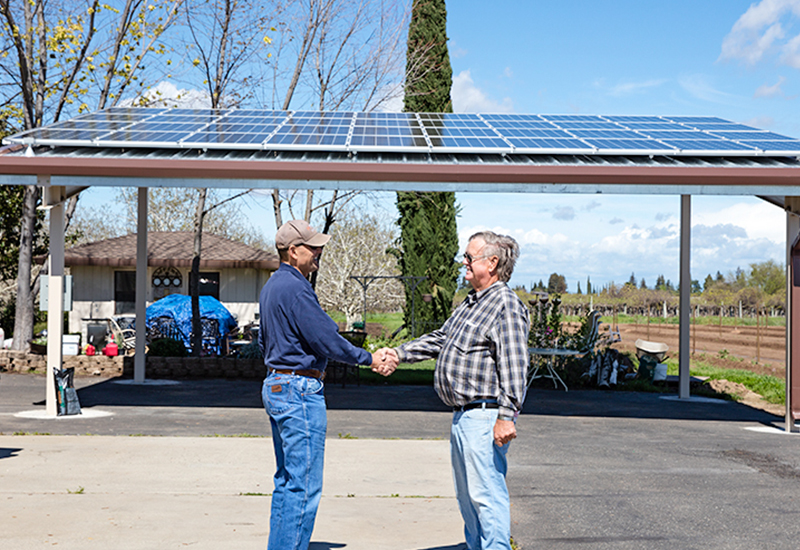One of the biggest hurdles to using solar energy is the initial cost. NSSE has worked with a wide range of customers each with a specific financial situation. The end goal of using solar energy is to save money. Saving money is accomplished by substituting self- generated energy at a lower cost than that energy supplied by the utility. Money can also be saved by taking advantage of the tax incentives that the government offers to persons and businesses that purchase or lease solar energy systems.
Here is a brief review of solar energy use and the ways to manage the costs of acquiring renewable energy assets:
- Conventional Purchase using Cash. Many of NSSE client simply purchase the system outright. This approach requires a large cash outlay, but also avoids interest charges that are part of most loans, and allows for the fastest recovery of the system costs as compared to utility energy costs IF THE TAX INCENTIVES CAN BE MONETIZED WITHIN SIX YEARS. Paying cash does not make sense if the business or system owner does not have a tax appetite.
- Capital Lease. Like any equipment lease, solar energy leasing allows the property owner to deploy the equipment, reap the benefits of the tax incentives, reduce cash outlays and eventually purchase the equipment. These programs usually cost between 5.5% to 6.5% in finance charges. The energy savings can usually be structured into the lease payment terms to create a positive cash flow, but the lease periods might be seven to ten years or even longer, depending on the specifics of the project.
- Operating Lease. Most operating leases create a 20 to 25-year lease contract that has very little or no interest costs. The Leese benefits from the energy savings only. The Lessor- usually a bank or finance company- takes all the tax incentives and typically shares little or none of that with the Leese. Usually, the lease will have a built-in energy cost escalator of between 1.5% to as much as 4% annually. North State Solar Energy does not provide operating leases with this approach. North State Solar Energy does provide an operating lease with a buyout option after 6 years for business. This lease is offered at 0% APR and a portion of incentives is shared with the client. Examples of this lease are provided in our case study for financing that follows this section of our Proposal.
- Power Purchase Agreement. The Power Purchase Agreement (PPA) allows a facility owner to purchase the energy generated from a solar asset without actually owning the system or even using a conventional lease. Usually, an initial fixed cost per kWh is the basis of the contract. The cost per kWh will increase over time. The Lessor will maintain and service the asset and often a purchase option can be included in the agreement, after an initial period of at least 72 months.


